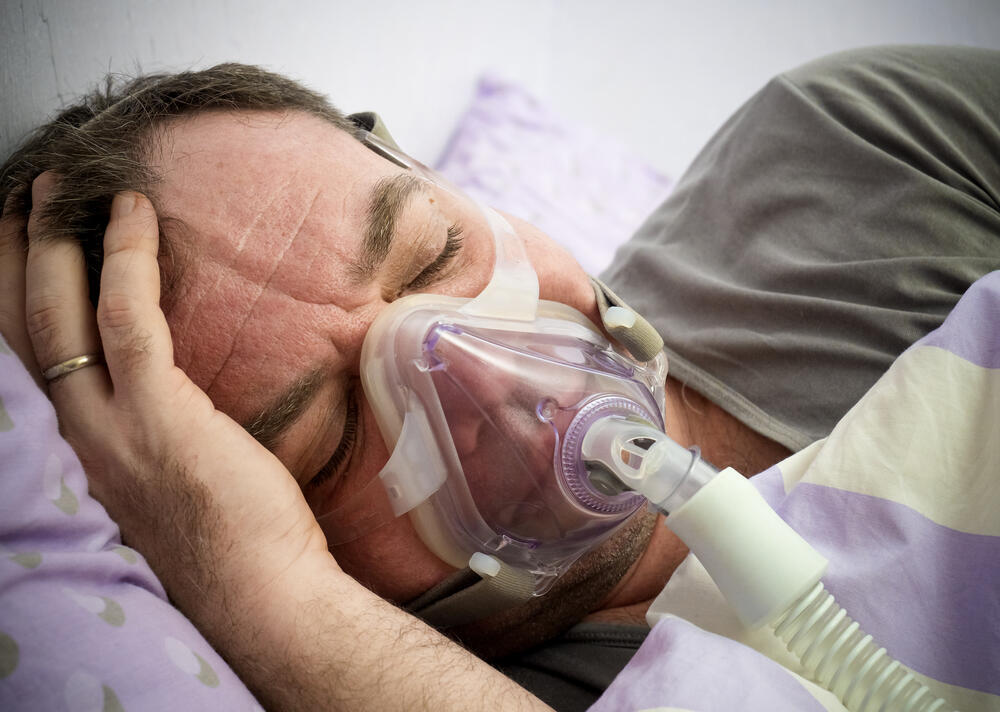Getting your Trinity Audio player ready...
The White House on Wednesday officially acknowledged President Joe Biden's battle with sleep apnea, disclosing his use of a CPAP machine for several weeks. Biden has been open about his apnea condition since 2008, and recent reports suggest visible indications of the device's use on the president's face.
CPAP, or Continuous positive airway pressure, is a form of ventilation in which a constant level of pressure greater than atmospheric pressure is continuously applied to the upper respiratory tract of a person.
Tens of thousands of Israelis affected by sleep apnea face the challenges of this syndrome, which involve frequent pauses in breathing during sleep and is often accompanied by disruptive snoring. Beyond its impact on sleep quality, sleep apnea poses substantial health risks, potentially leading to severe and even life-threatening consequences.
It can lead to cardiovascular issues such as high blood pressure, heart disease, and stroke. Additionally, it causes daytime fatigue, impaired cognition, metabolic disorders, and a higher risk of diabetes. Mental health can be affected too, with increased chances of experiencing depression and anxiety. Furthermore, sleep apnea raises the risk of accidents. It is important to diagnose and treat this condition early to reduce these risks and enhance overall well-being.
"Diagnosing sleep apnea involves a sleep test," says Dr. Mark Buchris, an otolaryngologist and head and neck surgery specialist at Rambam Medical Center. "The patient is connected to electrodes in a sleep laboratory or using a home device, which measures breathing rate and continuity. Apnea is indicated by breathing pauses lasting 10 seconds or more, with the syndrome classified as mild, moderate, or severe."
Dr. Buchris says that, on average, four out of five people with sleep apnea remain unaware of their condition. "They experience symptoms like fatigue, daytime sleepiness, and fragmented sleep, but often fail to seek medical attention or undergo diagnosis," he explains. "Biden will now require medical monitoring to ensure that the use of the device reduces breathing pauses. As long as the parameters remain normal, significant respiratory issues are not expected."



